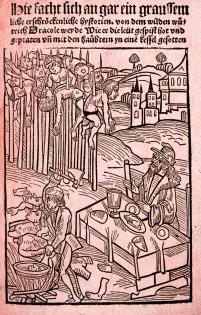 Home
HomeRomania info
 Cities of
Cities of  Romanian guide
Romanian guide Flights to Romania
Flights to RomaniaMini tours
 City tours
City tours Weekend in
Weekend in All our tours
 Our tours in
Our tours in Romania tours to
Romania tours to Tour Dracula
Tour Dracula Mini tour Dracula
Mini tour Dracula Tour from the
Tour from the Tour between
Tour between  Gastronomic and
Gastronomic and  Transylvania tours
Transylvania tours
 Honeymoon in
Honeymoon in  Medieval
Medieval Medieval
Medieval  Tour in the heart
Tour in the heart  Horseback riding
Horseback riding Luxury weekend in
Luxury weekend in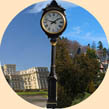 Weekend
Weekend Contacts and travelers opinions
 Contacts
Contacts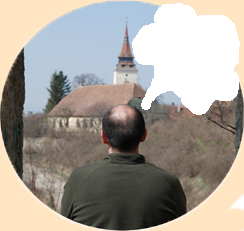 Our customers
Our customersDifferent items and services
 Tourist services
Tourist services  Our Blog
Our Blog Photos for sale
Photos for sale Friend links
Friend linksVlad the Impaler ( Count Dracula)
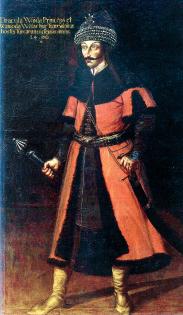
Who has not heard of Transylvania and the legend of Count Dracula!? The legend of the count is associated with the ancient province of Transylvania whose ancient and mysterious castles stand on the hills above the shadowy forests. If we add the howling of wolves, a full moon, and the wind whistling through the trees, the result to be the goose is guaranteed! Come to Romania to find out if the Dracula story is legend or fiction…
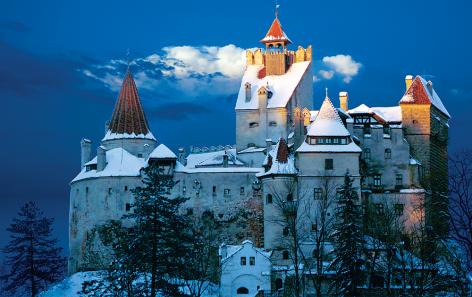
Bran castle
Most people know the story of Count Dracula in the version told by the writer Bram Stoker in his novel "Dracula" or the version that the various Hollywood directors have proposed in their films. The Romanian man most famous in the Middle Ages was without doubt Vlad Tepes. His name was known from the Ottoman Empire to the Germanic lands, because of his reputation as a cruel and bloodthirsty punisher of his opponents. But who was actually Dracula?
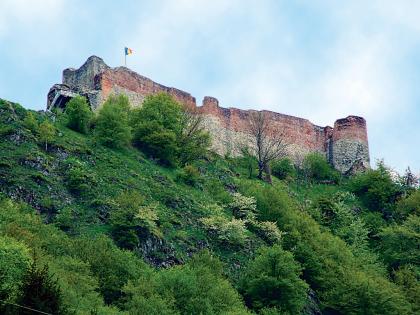
castle Poienari
Like all legends, the one of Dracula also has a grain of truth at origin. In fact, the Count Dracula was a prince and not a Count (Vlad III) whose castle was adopted by the novelist Stoker (actually it was the residence of Prince Dracula only for a short period) that is located in the village of Bran, Bran Castle, precisely in the area of the Carpathian Mountains (known as the Transylvanian Alps). Bran Castle, near the important city of the Crown, Brasov, was built in 1377 in Gothic style. The historical figure of Vlad Dracula or Vlad Tepes ("the Impaler") was a prince of Wallachia, whose reign lasted relatively little.
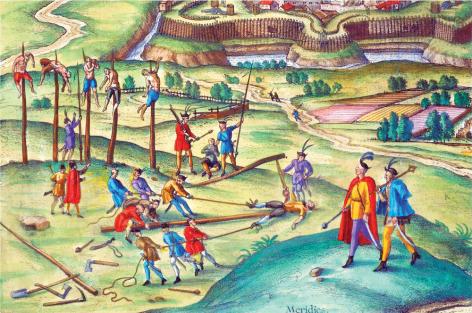
Impalement, impaling
Vlad Dracula (1431-1476) was born in the medieval town of Sighisoara, Transylvania. His birthplace is now a restaurant that shows in the emblem on the front a dragon, a symbol of nobility in struggle with the Ottomans. Vlad Tepes, son of Vlad Dracul, lord of the Romanian lands. His father, Vlad, he was elected member of the Order of the Dragon by Sigismund of Luxembourg, King of Hungary, and for this reason he was known by the nickname "Dracul", from Dragon precisely. Under the name of Dracula or Dracul, meaning "son of Dracul," was known by his contemporaries as his son, Vlad, which was added the further title, after the battles with the Turks, the one of Tepes the Impaler. The latter name comes from the fact that Prince Vlad liked to inflict death by impalement<> to his opponents.
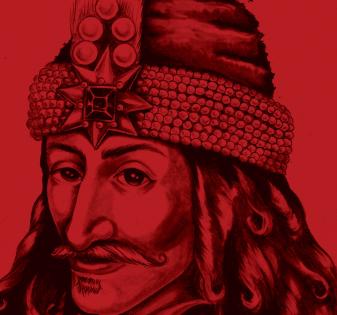
Vlad the Impaler
In his adolescence he lived for most of the time in foreign lands of Transylvania and Hungary next to his father while the worst time he spent was as a hostage (after his father underwent the powers of the Sultanate) in the Ottoman Empire. From these life an experience is obvious the conduct of his domestic policy, once a power in the land. The legend of Vlad said that the prince passed near the city of Brasov, close to Bran Castle with the purpose to take from local merchants money to finance his campaign against the Turks. The merchants refused the request by the Prince and then Vlad, who began work in the meantime in the castle of Bran, captured a large number of them and then impaled them. Another story tells that a group of emissaries sent by the Ottoman Sultan to discuss with Prince Vlad, did not want to take off their turbans in his front, so, in order to punish them for their arrogance (the turban, to Ottoman custom, took off only in the presence of Sultan) ordered his soldiers to nail the hats to their heads!

Dracula
In his famous novel, Bram Stoker placed Dracula in the role of a vampire. Up to the present, the figure of Dracula, especially in rural areas, still commands fear.. You cannot say that Vlad was the single executioner as anecdotes and stories tell, but many consider it an authoritarian leader. He imposed drastic measures against theft (inflicting terrible sentences), the promotion of employment and the condemnation of idleness (remember the condemnation of the wife of a junior officer guilty of not having sewn a shirt button of her husband ..), the first program of integration of the gypsies in society (conscripted into the army to fight the Ottomans), the physical elimination of the beggars, the promotion of fair trade even by punishing foreigners, on the other hand, the traitors. This economic policy became a flourishing trade in Saxon which enjoyed significant commercial privileges in order to make mutual benefit for the Romanian traders in Transylvania.
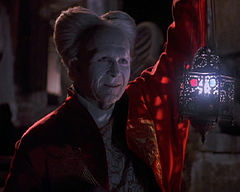
Dracula
The class of wealthy merchants (the boyars) was a important point in the government of his country. Without their support he would never have been able to maintain a position of dominance, for this reason, any doubt of betrayal turned into a death sentence on the suspect with confiscation of all his property. Even from the military point of view was secured a firm loyalty. Vlad could enjoy the victories of his army while the soldiers could be sure they would get the economic benefits from conquering and plundering enemy villages.

